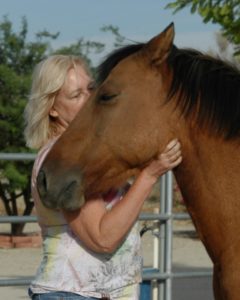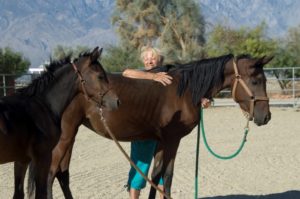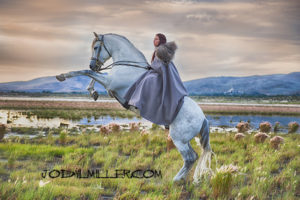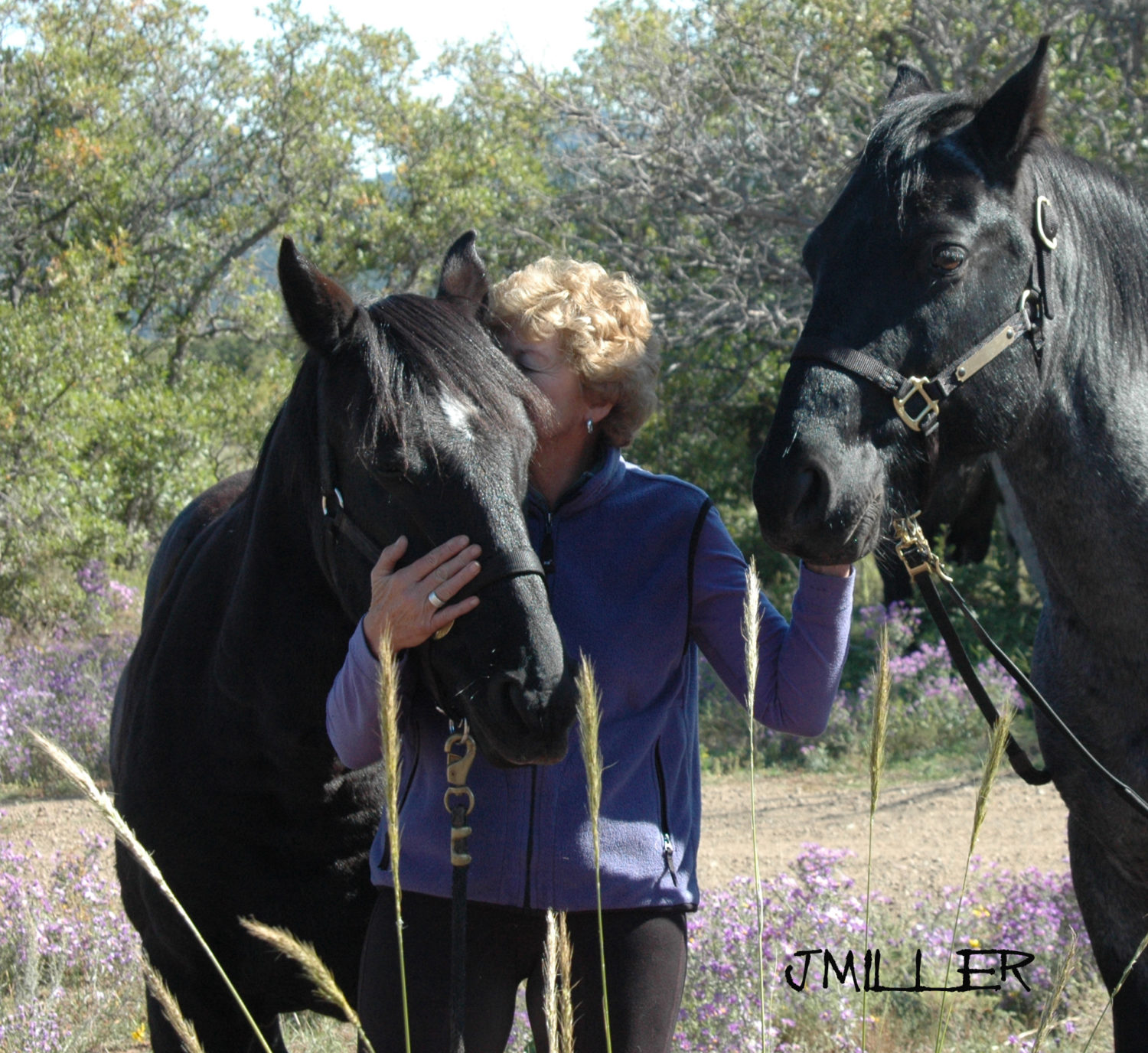5 reasons Humans use Horses for Therapy
Are you aware that almost one in every ten people in the United State has a disability? One way to work with these disabilities, is through equine therapy. Equine therapy uses a horse to accomplish physical, cognitive, behavior, along with psychological and communication goals. Above all, equine therapy has been deep in helping children with autism, cognitive disabilities, physical disabilities, ADHD, and psychiatric/social disorders. Today, many benefits of equine therapy have been recognized by the American Physical Therapy Association and the American occupational therapy association. This is provided by certified therapists, healing professionals and riding instructors. The horse is a great motivator for the human to achieve their physical, educational, communication and social goals. 
- SOCIAL INTERACTIONS/RELATIONSHIPS: Horse are a friendly animal and if you are not afraid of them they are emotionally available. The horse heavily relies on interpreting their society or herd to keep them safe. Horses quickly responds to an individual’s behavior. Horses become fearful if an individual is harsh, demanding, aggressive or noisy and mischievous. Individuals will then learn their behavior and how their reaction in turn impacts the horse’s behavior, but when one behaves well to a horse; in a cool and calm manner will make the horse responsive to the order. This cause and effect relationship learning aids the individual to carry over this behavior into their personal lives and relationships.
2. THE HORSE’S RHYTHMIC GAIT: The horse gait is rhythmic and agitating. The steady movement of the horse relaxes the back, hip, and muscles. This movement also strengthens the core muscles and the back. This aids people to be stronger, flexible, increase in muscle and physical stamina. 
3. BALANCE, POSTURE, STRENGTH, FLEXIBILITY AND COORDINATION: Because the horse’s natural gait constantly throws the rider off balance, people will increase in all of these areas. When on the horse, the rider must frequently adjust and readjust, it teaches humans how to have correct posture and to find their balance. As people recapitulate with the therapy, their strength, confidence, flexibility and coordination increase as they encounter more challenges on the horse.
4. COMMUNICATION: Humans with speech disabilities use horses for therapy. The people may cluck, kiss and blow and are encouraged to create sounds which may strengthen their lips, tongue and vocal chords. The use of words, tone, and inflection to communicate to the horse are encouraged by the therapist to the rider. The rider will see the effect speech can have on a horses and apply that to their human relationships.
5. SELF CONFIDENCE: The horse naturally seeks a leader. By this, skills that are learned by interacting with horses are both demanding and rewarding. This is also established by earning the respect of the horse, thought patience, reassurance, and kindness. These qualities are the foundation of self–confidence building.

Jody Miller is a professional photographer specializing in Horse Photography, Equine Photography, and Equestrian photography. Her work can be viewed online here in her gallery section, and she is also featured at these Arizona Galleries: Arts Prescott Gallery CO-OWNER, Dragonfly Arts in Cottonwood and Coops Coffee House at Talking Rock Ranch, Prescott Family Diner. Jody is also participating in the Prescott Area Artists’ Studio Tour Oct.6, 7 and 8, 2017
